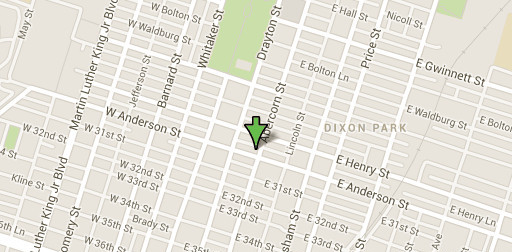For years, plastic surgeons have been grappling with the limitations of the facelift procedure. When there were no alternatives, people accepted the high risk of complications, the potential for facial distortion, and the high cost of facelifts. However, as alternatives have come along, people are no longer choosing facelifts as they used to. In fact, plastic surgeons themselves are turning away from the procedure. Although they perform it, they are increasingly reluctant to get one.
To try to overcome the limitations of the facelift, plastic surgeons keep inventing new variations on the procedure. However, because of the inherent flaw built into the facelift procedure, these new variations may not be as good for you as a dental rejuvenation procedure.

What Is a Lift-and-Fill Facelift?
In a traditional facelift, the goal is to achieve rejuvenation exclusively by removing “excess” skin and stretching what remains tightly over your facial structure.
This can effectively get rid of hanging skin and smooth facial wrinkles. However, it might not in the process actually rejuvenate your appearance. That’s because not all the problems with your facial appearance are just hanging skin and wrinkles. Some of the problems are the loss of facial volume, such as the loss of fat from the cheek and lips. Simply stretching the skin when you’ve lost facial volume won’t rejuvenate your appearance, it distorts it.
To try to overcome this limitation, plastic surgeons are increasingly combining the facelift procedure with the use of facial fillers. They hope that by not stretching the skin as tight and by supplementing some lost volume with facial fillers, they can achieve a more naturally youthful-looking appearance.
The fillers they use come in many forms, such as temporary hyaluronic acid-based fillers. Others might try more permanent fillers which include artificial materials the body can’t break down. In still other cases, plastic surgeons might use platelet-rich plasma (PRP) or platelet-rich fibrin (PRF) (which we use to improve our dental implant procedures) to stimulate your body to make its own fillers.
While this is a step in the right direction, it will never overcome the inherent limitations of the facelift procedure.
What Makes Facelifts Flawed for Many People
The big problem with the facelift is that it starts with the conception that the problem is excess skin, and that removing and stretching skin is the proper solution. For some people, this is the main cause of their facial wrinkles and sagging skin. In that case, the facelift can work, especially when used in combination with facial fillers.
But for many of us, the problem isn’t stretching and sagging skin, it’s shrinking facial structure, especially the loss of height of the teeth. In these cases, the sagging and folding skin isn’t really “excess,” and the cutting and stretching solution will lead to facial distortion, not rejuvenation.
If changes in your teeth are contributing to an aged appearance, especially the appearance of wrinkles around the mouth, sagging jowls, turkey neck, and other problems, then a nonsurgical facelift with dental restorations is the best way to rejuvenate your facial appearance.
Is a Nonsurgical Facelift Right for You?
Are considering rejuvenating your facial appearance? A nonsurgical facelift might be right for you. You can get an idea by looking at your teeth. If they are discolored, worn, or damaged, then dental restorations will rejuvenate your appearance. You can also gauge the potential for rejuvenation by closing your teeth tightly together. Then hold your jaw open while your lips are closed. See how big the difference is? This gives you an idea of how you can rejuvenate your appearance with cosmetic dentistry.
To learn more about how you could benefit from dental rejuvenation, please call (843) 706-2999 today for an appointment with a cosmetic dentist at Beyond Exceptional Dentistry in Hilton Head.




